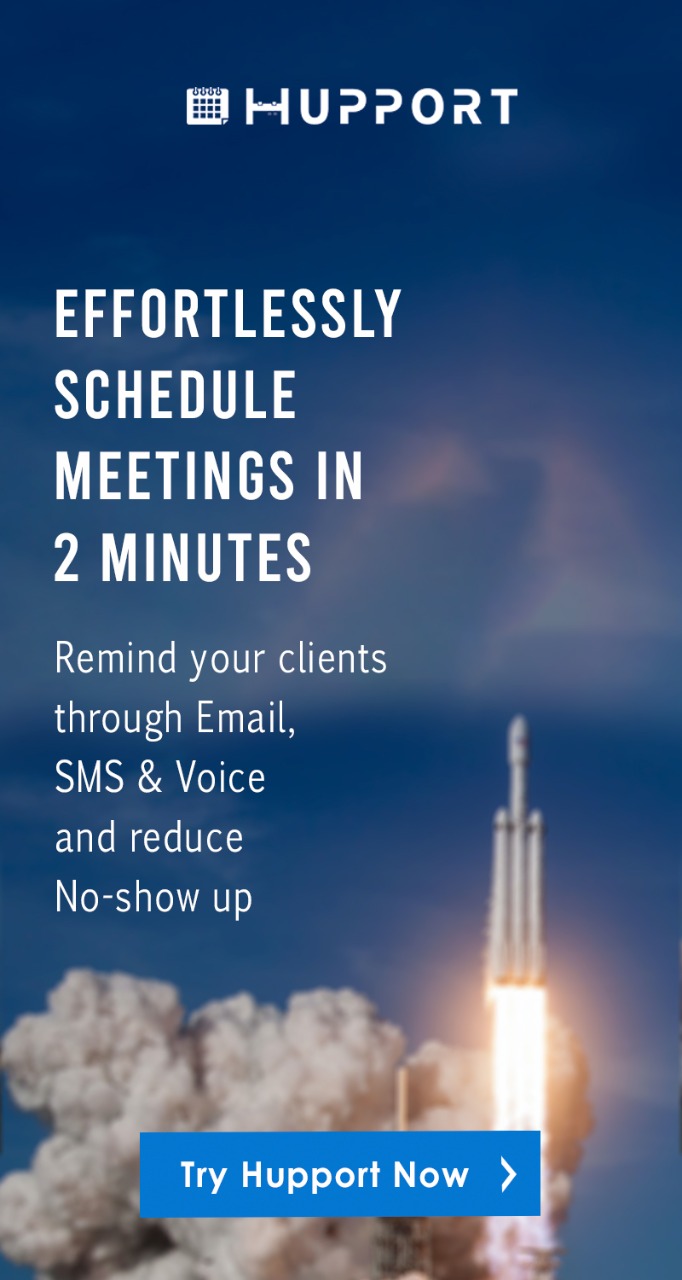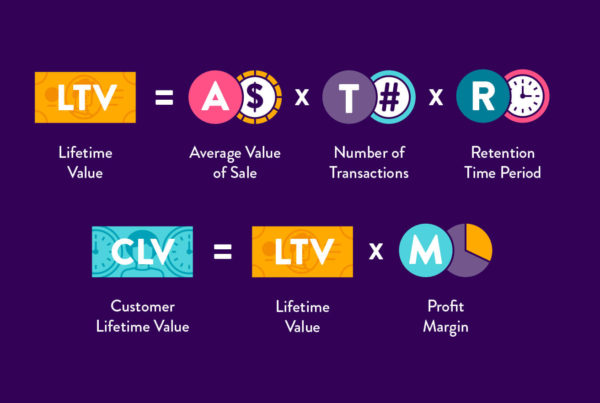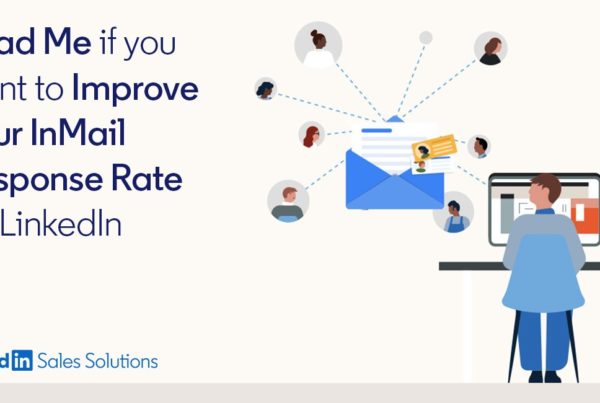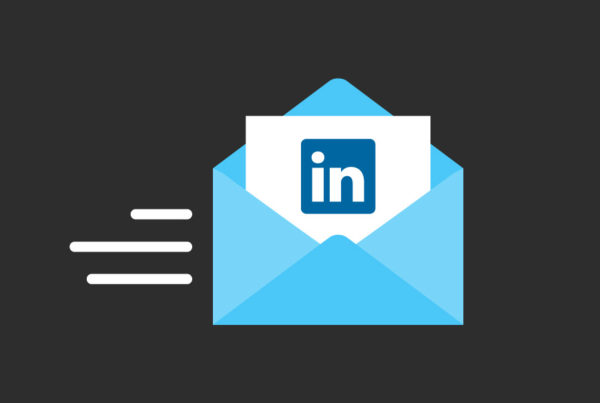Sending cold messages to prospective customers is a good strategy to gain more customer base for your company or business.
On an average, people get 147 cold messages each day and out of all these messages they typically read or respond to just 12 from all the messages, the rest of them are been deleted within seconds.
If you want to grow your business and get more customers for your business, it is important for you to think of good strategies to adopt so that you can stand out and get more responses to your cold emails.
Here are some very promising cold email strategies that improve Cold Email Response Rates and have yielded positive results for companies and businesses.
Cold Email Strategy #1: Personalize each email
The first thing people generally look at immediately they receive an email is the name of the sender. People respond to emails based on how well they know the sender or based on the relationship they have with the sender.
Expecting a response from the person you sent a cold email to who does not know you before or have any working relationship with you entails a great deal of personalization strategy. You need to make the person feel that the email was specifically written for him or her. This way the person will be more willing to respond to you.
Cold Email Strategy #2. Send Follow-up Emails
Using follow-up emails as a reminder can increase your response rate by more than 50%. Follow-up emails are emails you send to your prospective customers, reminding them of the email you sent previously to them and also soliciting for their response.
Through persistence and consistency, they will be more willing to respond to you because they feel a sense of seriousness in you.
Follow up emails should not be too long or bogus, it should be straight to the point with the sender and receiver’s name in it.
Cold Email Strategy #3 Identify your target group
Sending a lot of cold emails to everyone and anyone will not generate the response you desire. You might randomly send 1000 cold emails to everyone and get a response of 20% which is 20 people. The 20 people that responded might not be interested in your services or only a few will actually be interested.
This is why you need to do more research, search for companies or people that are most likely to require your services and target your emails to them.
This way you will improve Cold Email Response Rates from them with positive replies. You can send fewer emails to targeted groups and get more response rate than when you send a lot of emails to untargeted groups.
Cold Email Strategy #4. Create problem-solving emails
Companies executives and people, in general, will most likely want to transact business with you when they read about other problems you have solved. Create emails that comprise of the problems and how you helped solve them. This will assure them that you have something good to offer and they will be more willing to respond to you.
Cold Email Strategy # 5. Write a Compelling and Catchy Subject line
When people receive an email, the first thing they look at is the name of the sender, the second thing is the subject of the email. This is why it is very important to write a compelling and catchy subject line so that they will be more interested to read through your email which will better result in more responses from them.
A badly written subject line may get your email deleted within seconds.
Cold Email Strategy # 6. Create short but informative emails
People will generally find it difficult to read your email if what you write too many things. This is why you need to write a very short but highly informative email. Your email should contain all the important information your prospective customers will want to read about. Nobody wants to read unnecessary long boring stories.
Go straight to the point, introduce yourself and write out your services in very clear terms so that your prospective customers will easily understand.
Cold Email Strategy #7. End your email with a question
Most marketers and sales promoters end their emails in a generic way. For example, they send emails with “I look forward to hearing from you, or I will be expecting your reply”. Ending your email like this will give the reader the impression that they have a choice of either replying or not because they are not compelled to reply.
Ending your email with a question such as, “What do you think about my proposal? Or what is your suggestion about this?” will get you more response because your reader will be compelled to provide an answer. From the answer they provided, you can take it up from there.
Cold Email Strategy #8. Utilize automated email reply function
You may not be able to reply to all the people that responded to your email. It is not only about getting the first response from prospective customers, but you also need to reply to them in order to establish a working relationship.
This is why an auto-reply function is very important so that even when you are not available to reply to yourself, the auto-reply function will do that on your behalf.
Cold Email Strategy #9. Schedule follow-up emails
The more follow-up emails you send, the better your chances of getting a response. It is advisable to schedule your follow-up emails either by days, weekly or monthly.
You also need to take note of timing, send emails at the right time of the day when people are more relaxed. Sending emails to people early in the morning before they get very busy will get you more response.
Cold Email Strategy #10. Always say “Thank You” at the end of your email
“Thank you” is cutesy that everyone appreciates. When you say “Thank you” to people, they generally feel you are polite and respectful and so will be more willing to respond to you.
An email without a “Thank you” at the end will make prospective customers feel that the sender is rude or ill-mannered which can lead to your email been immediately deleted.
Following these important cold email strategies, you can improve Cold Email Response Rates.




